Mayor Adams Outlines Plans to Make Way for More Housing and a 'City of Yes'
Mayor Eric Adams unveiled a suite of changes to the city’s zoning code that he says will create 100,000 new units of housing over 15 years during a Thursday address.

Photo by Susan De Vries
By Ben Brachfeld & Ethan Stark-Miller, amNY
Mayor Eric Adams unveiled a suite of changes to the city’s zoning code that he says will create 100,000 new units of housing over 15 years during a Thursday address.
The text amendment, dubbed the “City of Yes for Housing Opportunity,” includes various proposals for boosting new housing production across every neighborhood in the five boroughs.
Adams is pushing for a number of measures. They include clearing the way for the construction of small apartment buildings near transit stations; upzoning commercial strips; eliminating parking mandates for new residential developments; making it easier for the owners of “campuses” to build new housing on their land; allowing builders to add 20% more housing to new projects, only if they’re affordable; and once again legalizing apartments with shared kitchens and bathrooms.
During his speech at Borough of Manhattan Community College Thursday morning, Adams said that, if passed, the zoning text amendment will be a corrective to exclusionary zoning rules that have been on the books for decades.
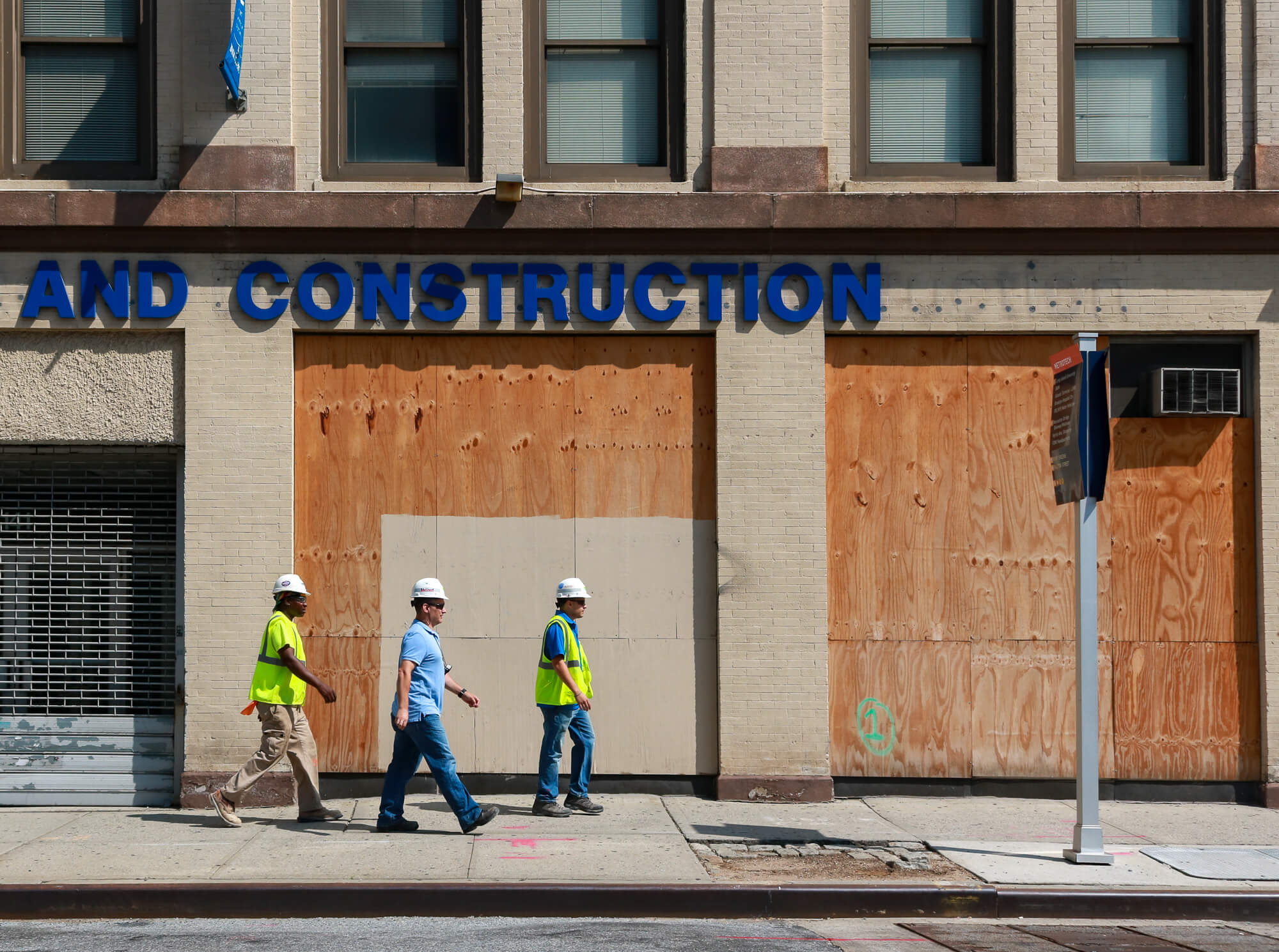
“We’re proposing the most ambitious changes to zoning in the history of New York City, changes that will finally end exclusionary zoning, cut red tape and transform our city from the ground up,” the mayor said. “This is not tinkering around the edges. This is groundbreaking, literally, by rewriting the wrongs of history.”
The mayor said his new plan is a step toward his “moonshot goal” of building 500,000 new units, a number he first floated last December. However, at that time, he said he wanted to construct 500,000 new apartments over the next decade, the new benchmark of 100,000 over the next 15 years is quite a bit lower.
The changes are not immediate. They must go through the city’s arcane land use review process, with the administration presenting them to all 59 community boards for feedback before facing further review by city planners and, after that, a vote by the City Council. Council Speaker Adrienne Adams on Thursday called the mayor’s proposals “encouraging” and “a starting point.”
“The housing crisis that has exacerbated homelessness and made our city less affordable demands comprehensive solutions,” said Council Speaker Adrienne Adams. “We welcome Mayor Adams and City Planning’s encouraging and thoughtful proposals as a starting point towards critical changes that will help us equitably produce more housing across the city to confront these challenges.”
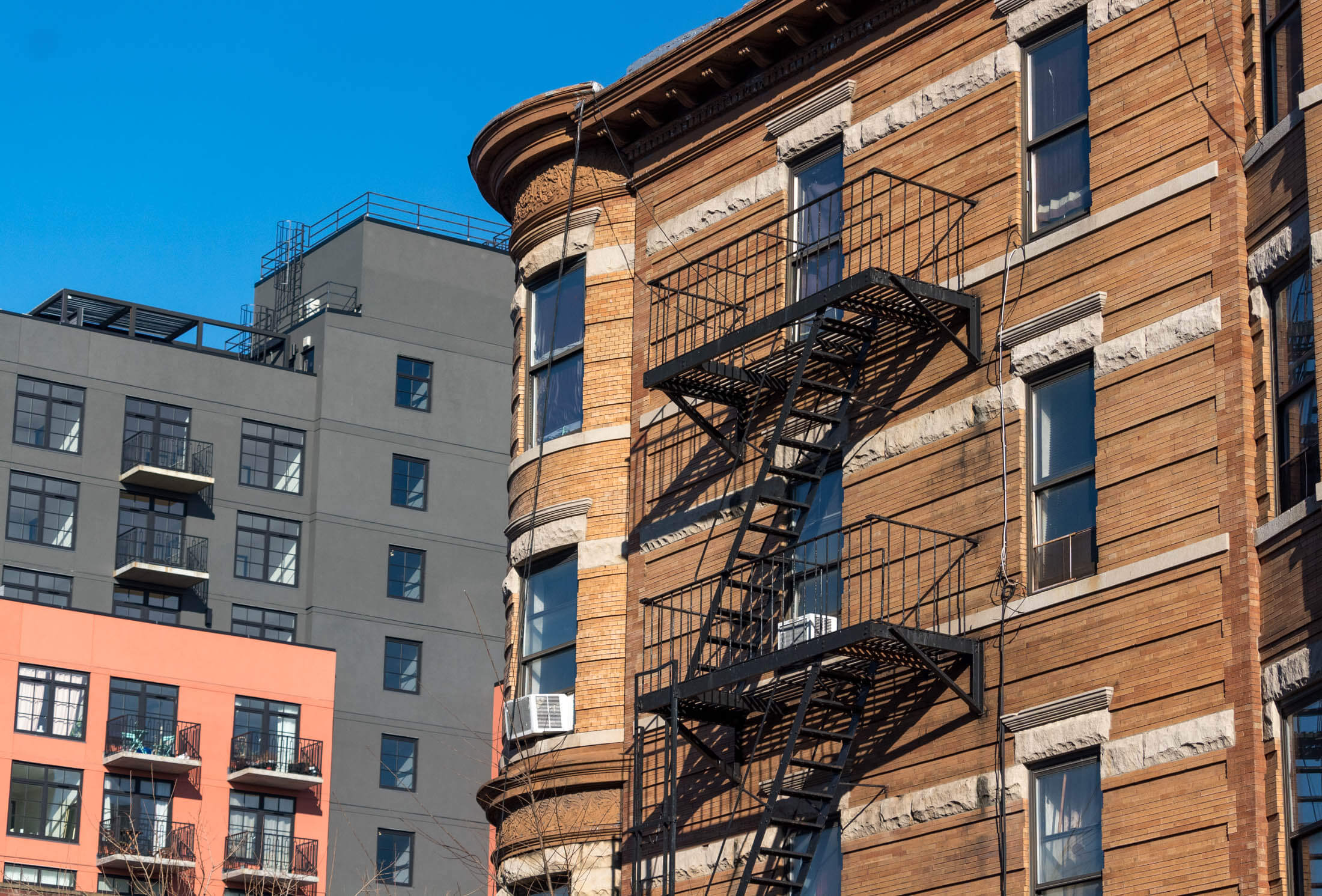
One proposal would allow three- to five-story apartments near all mass transit stops, seeking to maximize the amount of housing near where residents board the train to get to work or other destinations, a principle known as transit-oriented development. The proposal would allow for considerable new housing development across wide swaths of Brooklyn, Queens, and the Bronx where “modest” density, according to the administration, is restricted by zoning, despite being near train stations.
A similar, statewide proposal by Governor Kathy Hochul to spur housing construction died in this year’s budget process. The mayor’s zoning overhaul also includes another measure Hochul has backed before relenting to suburban pressure: allowing homeowners to build an “accessory dwelling unit” on their property.
The mayor also wants to upzone commercial thoroughfares in local neighborhoods to allow for residential development of up to four stories. Currently residential units on top of commercial space is not permitted in many corners of the city.
Another measure would end a decades-old requirement that new homes be built with a minimum number of parking spaces per unit, a policy that City Hall says adds more than $67,000 per-space to development costs and often leads projects to be deemed logistically unfeasible, while in other cases entrenching automobile use in transit-rich areas. Many buildings have more parking spaces than apartments.
Advocates have long been calling to eliminate parking minimums, following the lead of states like California and cities like Minneapolis.
“For decades, New York City has legally required a practice that hampers affordable housing, makes neighborhoods less vibrant, pollutes our air, and clogs our streets with noisy, dangerous cars,” said Sara Lind of public space advocacy group Open Plans. “By lifting parking mandates citywide, we give every neighborhood the opportunity to build what’s needed, wanted, and good for the whole community.”
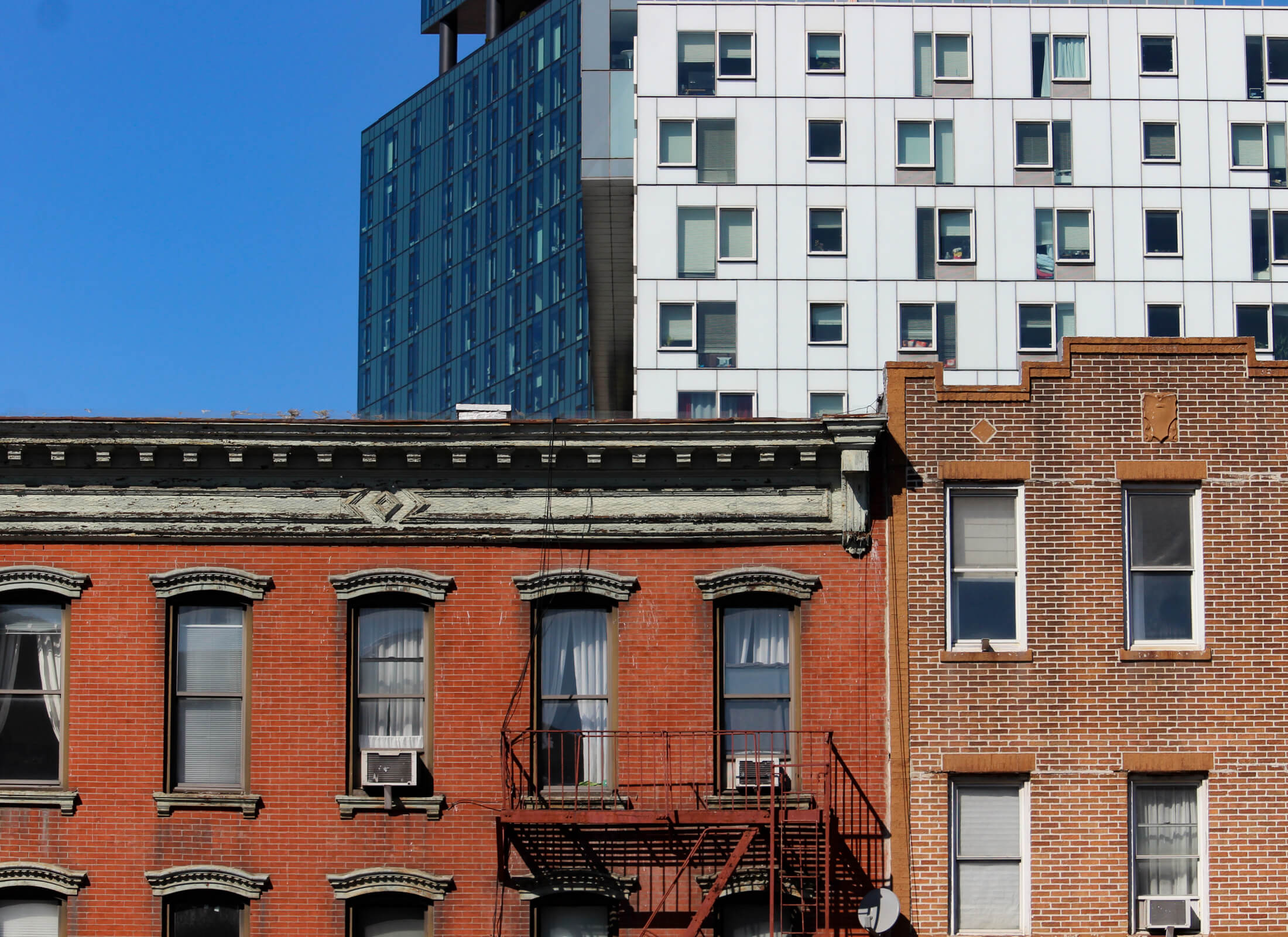
The mayor says the plan would simplify rules that prohibit owners of “campuses” from maximizing the use of their property. For example, a church with a large, underutilized parking lot would see an easier approval process to convert the lot into affordable housing, according to City Hall.
“We must allow them to create housing and establish new revenue streams for the organizations that includes campuses owned by faith based organizations,” the mayor said. “There’s a great deal of opportunity here to create new housing by saying yes in God’s backyard.”
The zoning overhaul would institute a practice called “Universal Affordability Preference” across the city, which would provide a 20% density bonus to developments with affordable housing. In effect, that means affordable housing developers would get to build bigger than other properties. The concept is modeled after a discontinued city program allowing a 20% bonus for senior affordable housing.
Adams also proposes re-legalizing apartment housing with shared kitchen and bathroom facilities, a type of cheap housing once abundant in the city’s densest areas but which is now effectively illegal, requiring many single adults to live with roommates instead. The move would also allow for smaller-sized units and legalize conversions of much of the city’s office buildings to housing — something the mayor has repeatedly called for as office space has gone underutilized post-pandemic.
Housing is just one of three components of City of Yes, which also takes aim at the zoning code to promote economic development and sustainability. This month, the City Planning Commission approved the sustainability proposal, which among other things eases the way for solar energy development around the city.
The mayor rolled out the Housing Opportunity text amendment following a state legislative session where he once again came away with very few of the policy changes he argues would make it easier to develop new housing in the city. Those include replacing the 421-a affordable housing tax incentive, lifting a cap Floor Area Ratio (FAR) cap — which limits the construction of new apartment buildings to no more than 12 times the lot its on — and issuing incentives for office to residential conversions.
“We may not have made the progress New Yorkers deserve in the last session, but as a former state senator, I know a thing or two about Albany and I know there is a deal to be had,” the mayor said. “Let’s get it done.”
The proposals also come at a time when the city has been inundated by over 113,000 asylum seeking migrants over the past year, roughly 60,000 of whom currently live in city shelters. Adams has stressed that the influx has only exacerbated the need for new housing, so the migrants moving out of city shelters have affordable places to reside in the city they now call home.
Editor’s note: A version of this story originally ran in amNY. Click here to see the original story.
Related Stories
- NYC Has More Housing Than Ever Before Yet It’s Still Not Affordable
- What Is Affordable Housing?
- Will the Mayor’s Affordable Housing Plans Save New York City or Destroy It?
Email tips@brownstoner.com with further comments, questions or tips. Follow Brownstoner on Twitter and Instagram, and like us on Facebook.


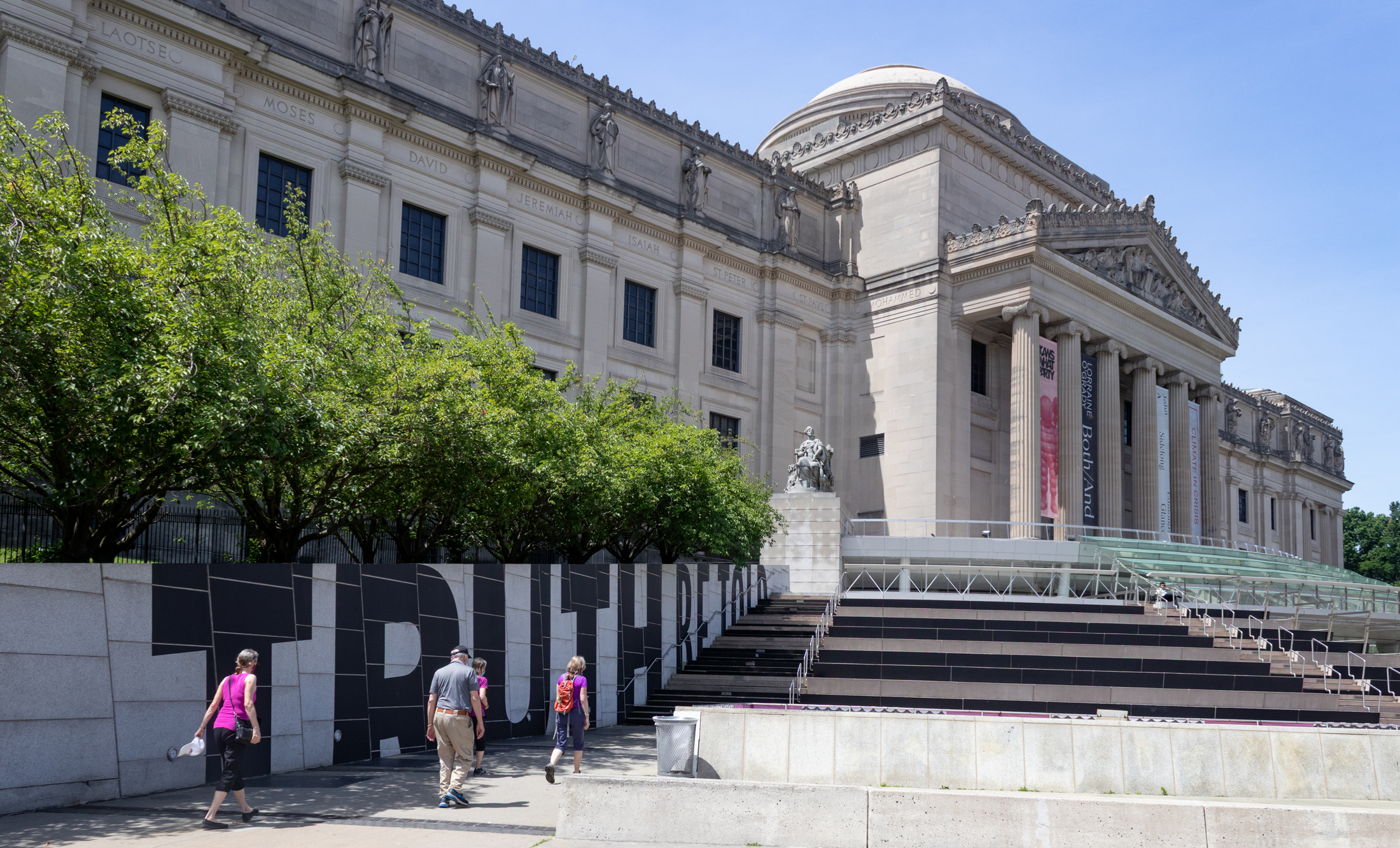
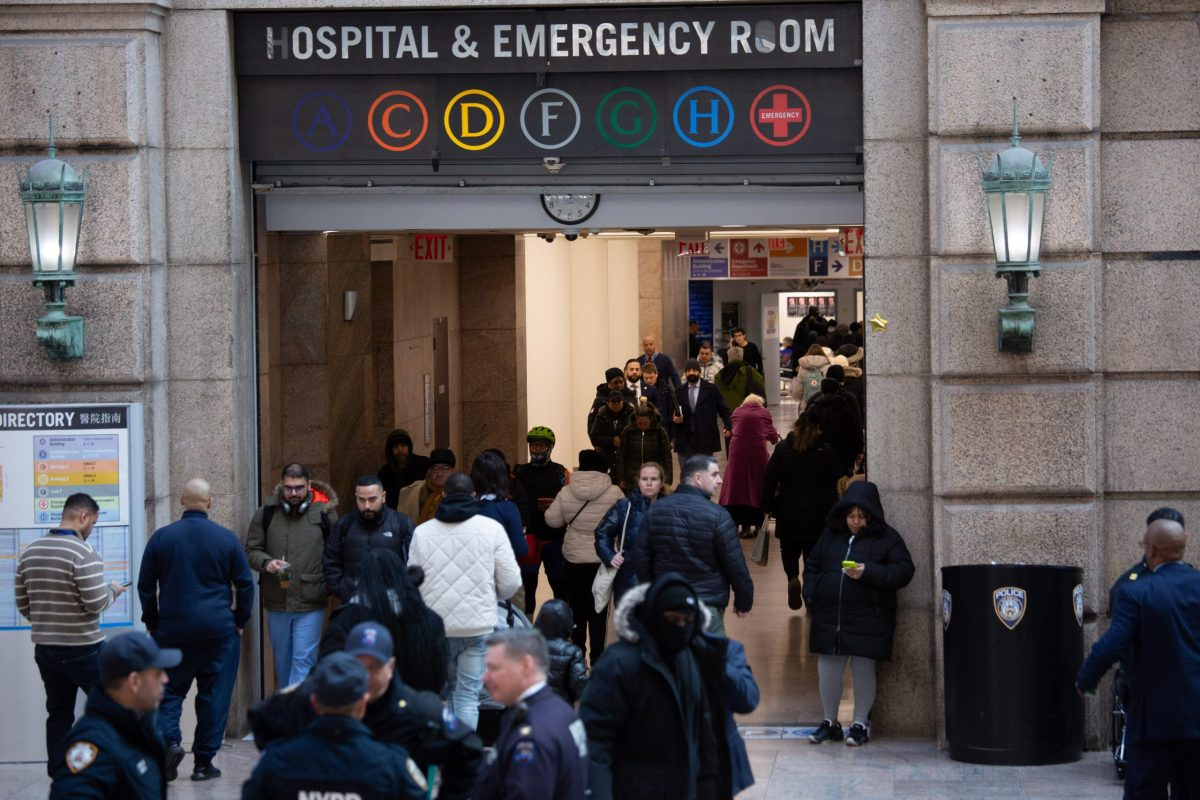





What's Your Take? Leave a Comment